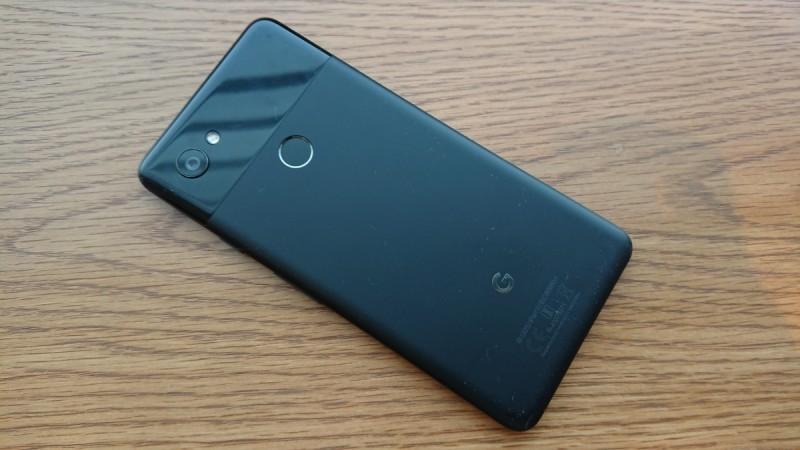The all-new Google Pixel 2 and the Pixel 2 XL have a feature that can produce videos and images that are very steady — as if the shot has been taken using a tripod.
But the fact is users can hold their Pixel 2 or Pixel 2 XL in their hands and can use both electronic and optical image stabilisation, delivering largely jitter-free images and clips.
The flagship phones use the Fused Video Stabilisation feature — basically, a combination of optical image stabilisation (OIS) and electronic image stabilisation (EIS).
The Google Pixel 2 phones use this feature to deliver jitter-free clips even when one is walking or riding a bike on the street. The big question is, how did Google meld those two technologies?
According to Xda-Developers, when Google ame across the main camera issue which many smartphones users face while looking to improve the original Pixel phone. The biggest issue was the camera-shake, because most sers hold their phones in their hands while shooting and it's impossible for one to stay completely still.
Motion blur was also a major issue on the list. Another issue is rolling shutter distortion, which happens because of the way CMOS (Complementary metal-oxide semiconductor) sensors work.

OIS is known for eliminating these issues, but it is limited in its implementation, and the same goes for EIS. Google thought of combining the technologies and using it during video-recording.
This solution was designed with three processing stages. First, the motion is analysed using a high-speed gyroscope to eliminate motion of the hand. The second is the motion-filtering stage in which engineers combined machine-learning with signal processing so that it would predict the intention of moving the camera. The last is the frame synthesis stage, where the software models and removes rolling shutter and focus breathing distortion.
In simple words, Google introduced a technology through which one can record extreme sports experiences without an action camera.

















